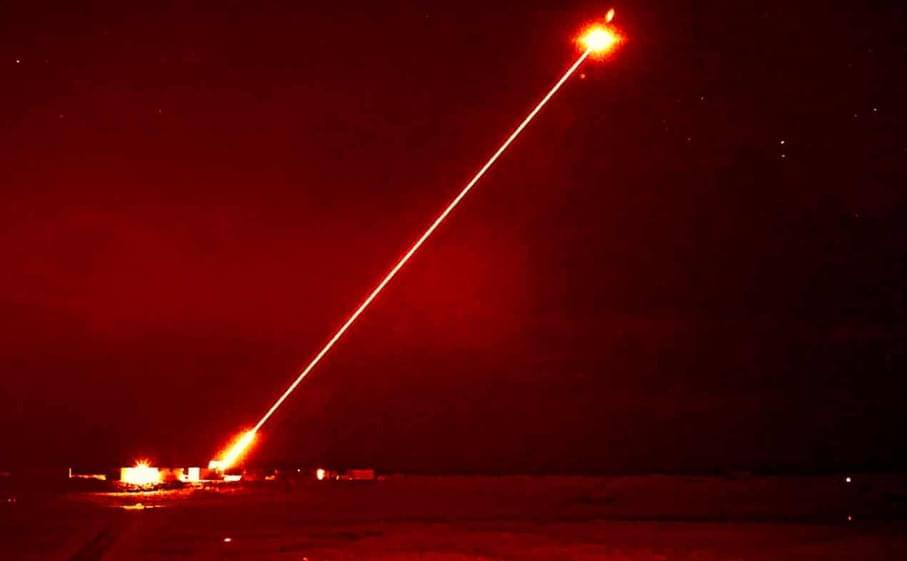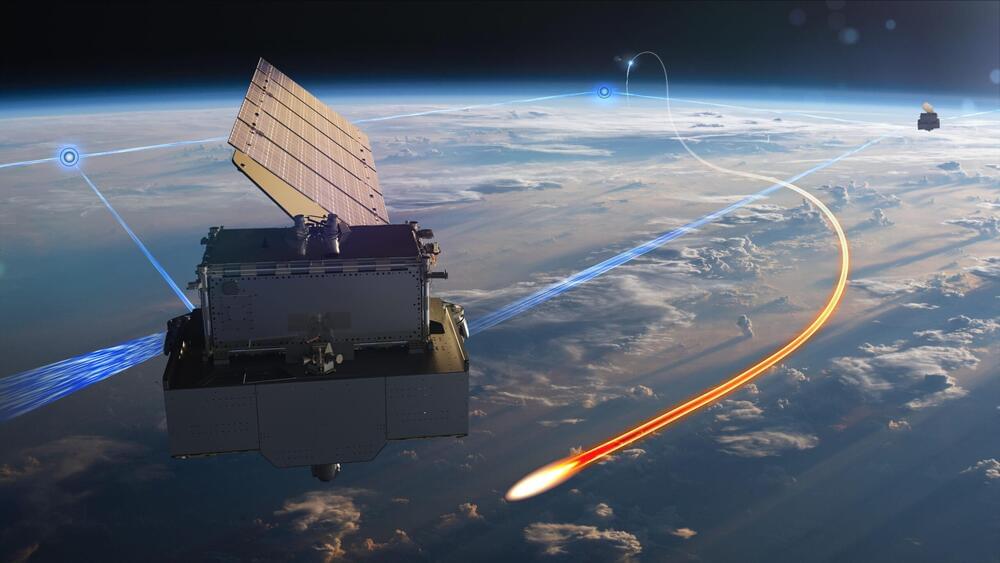Plutonium-pit secrets, growing up in parallel universes, the strange aftermath of a fictional wildfire, and more books out now.




The DragonFire laser-directed energy weapon (LDEW) system has achieved the UK’s first high-power firing of a laser weapon against aerial targets during a trial at the MOD’s Hebrides Range.
The DragonFire is a line-of-sight weapon and can engage with any visible target, and its range is classified. The system is able to deliver a high-power laser over long ranges and requires precision equivalent to hitting a £1 coin from a kilometer away.
Laser-directed energy weapons are incredibly powerful and can engage targets at lightning-fast speeds. They use a concentrated beam of light to cut through their target, resulting in structural failure or other devastating outcomes if the warhead is targeted.

Walmart-backed EV startup Canoo has announced that deliveries of its all-electric commercial van have officially begun – and the first production Canoo LDV 130 vans are already hard at work.
The first batch of Canoo’s electric vans are reportedly in service now at Kingbee, a national work-ready van rental provider. The company says the delivery of vans to Kingbee is consistent with its previously announced “phased ramp-up manufacturing approach,” and asserts that additional customer deliveries will continue throughout 2024.
Canoo had previously delivered vehicles to NASA, the US military, and the State of Oklahoma (its home state) for testing. The vans delivered to Kingbee, however, seem to be the first that will be accessible to “the public.”

Radar altimeters are the sole indicators of altitude above a terrain. Spectrally adjacent 5G cellular bands pose significant risks of jamming altimeters and impacting flight landing and takeoff. As wireless technology expands in frequency coverage and utilizes spatial multiplexing, similar detrimental radio-frequency (RF) interference becomes a pressing issue.
To address this interference, RF front ends with exceptionally low latency are crucial for industries like transportation, health care, and the military, where the timeliness of transmitted messages is critical. Future generations of wireless technologies will impose even more stringent latency requirements on RF front-ends due to increased data rate, carrier frequency, and user count.
Additionally, challenges arise from the physical movement of transceivers, resulting in time-variant mixing ratios between interference and signal-of-interest (SOI). This necessitates real-time adaptability in mobile wireless receivers to handle fluctuating interference, particularly when it carries safety-to-life critical information for navigation and autonomous driving, such as aircraft and ground vehicles.


North Korea claimed to have launched a new solid-fuel, intermediate-range missile with a hypersonic warhead, aiming to test its reliability and maneuverability. The missile, designed to strike U.S. military bases in Guam and Japan, flew approximately 620 miles before landing between the Korean Peninsula and Japan. The test follows a previous claim of successfully testing […] The post North Korea Unveils New Missile Designed for US Mainland…

The European Commission has officially signed an agreement to develop a new program to connect the various assets of EU-member state military forces.
LATACC will boost European military collaboration, focusing on rapid response and tech innovation in ‘high-intensity’ conflicts.

WASHINGTON — The Space Development Agency announced Jan. 16 it selected L3Harris, Lockheed Martin and Sierra Space to build and operate 54 satellites equipped with infrared sensors capable of tracking hypersonic missiles in all phases of flight.
The satellites will be part of SDA’s Tranche 2 Tracking Layer, a network of satellites in low orbit 1,000 kilometers above Earth.
The three agreements are worth about $2.5 billion. Each company will produce and operate 18 satellites — the contract awarded to L3Harris is worth $919 million, Lockheed Martin’s is $890 million and Sierra Space’s is $740 million. The contracts include incentives for on-time delivery.